While peer pressure often has a negative connotation, let’s explore the potential positives.
Do you ever find yourself in meetings with employees who are unprepared, unengaged, or uninspired to make an impact?
[bctt tweet=”Public peer pressure, when used correctly, revives otherwise fruitless meetings and has proven to be a powerful tool for productivity.” username=”coachkenlarson”]
When an actionable item arises in a meeting, apply the Who, What, When (WWW) tool, a world class best practice. When in your meeting and it’s become clear to all that an action will be required after the meeting is over, first identify the what. Get crystal clear on this. Then, identify who will be held accountable for the task. Once those two components are clear, wait until the end of the meeting to establish the when.
Finally, take this tool a step further by adding a powerful social influencer to help drive the change you wish to see. Here’s how.
Applying the Practice of Public Peer Pressure
Define clear, observable action items
Avoid being too vague by nailing down the language of the task. Make sure it’s something that can be seen, like an observable action, such as having a meeting to touch base with another colleague, creating a report, etc.
Thinking doesn’t count — it’s too ambiguous. ACTION is critical!
Assign a single point of accountability
One person must be held as the single point of accountability per task. I call this person the “Champion”. If there is more than one person being held accountable, no one is accountable.
NOTE: There can be other people assisting and contributing to the action – they’re responsible, too. But only one person is named and held accountable.
Set a deadline (including how much time is allotted)
What day is the task expected to be complete? How long is it going to take? Do you have enough time, realistically, to get it done? What other resources are needed? The more specifics, the better.
Sometimes, employees get so excited about crossing off items on their list, they start getting them done before the deadline. It becomes a point of pride, which is great for productivity.
NOTE: When applying the WWW in meetings, always save the when to the very end. It’s been my experience that when due dates are established on the fly, everything ends up being ‘due tomorrow’, which is neither realistic nor sustainable.
Put it all on the screen
Publicly displaying the WWW of each action item is the kicker. By presenting it on a screen each meeting, everyone feels the pressure to raise their game.
The idea is to go around the room and discuss what’s been accomplished (or not). If they didn’t get it done, everyone knows it. No one wants to show up empty-handed, and that’s where the power of public peer pressure really applies itself well.
I’ve seen clients go as far as having it on the screen and color-coded (green = complete, yellow = encountered a roadblock/delay, red = incomplete).
The WWW practice bridges the gap between loose intentions and observable actions with measurable outcomes. Here is what it else it solves.
Other Benefits of Positive, Public Peer Pressure
- Offers a community approach to problem-solving – The group gets to weigh in on whether the discussed tasks are really the most important things to focus on. It’s a team approach with a social driver.
- Underperformers are identified – Slackers that may be costing the organization a lot of money can no longer hide. It shows who is struggling to keep up with the demand of the work, who may need coaching, and who may need to be let go.
- High performers are recognized – Some employees will rise to another level. It’s not unusual for high performers to become super high performers, and the presence of high-performing co-workers is likely to increase the performance of other individuals.
Many successful companies that attempt large-scale social change utilize a positive peer-pressure strategy. Beyond meetings, positive, public peer pressure can encourage the use of company wellness programs, dictate the design of office spaces, and so much more.
As a leader, you can measure the success rate of the completion of these actions on a month to month basis. Your goal is to attain 100% participation from your employees every month. This may take a while, but can and must be done in order to create the culture of action all leaders strive towards.
And … a nice by-product is S*%$ gets done!










